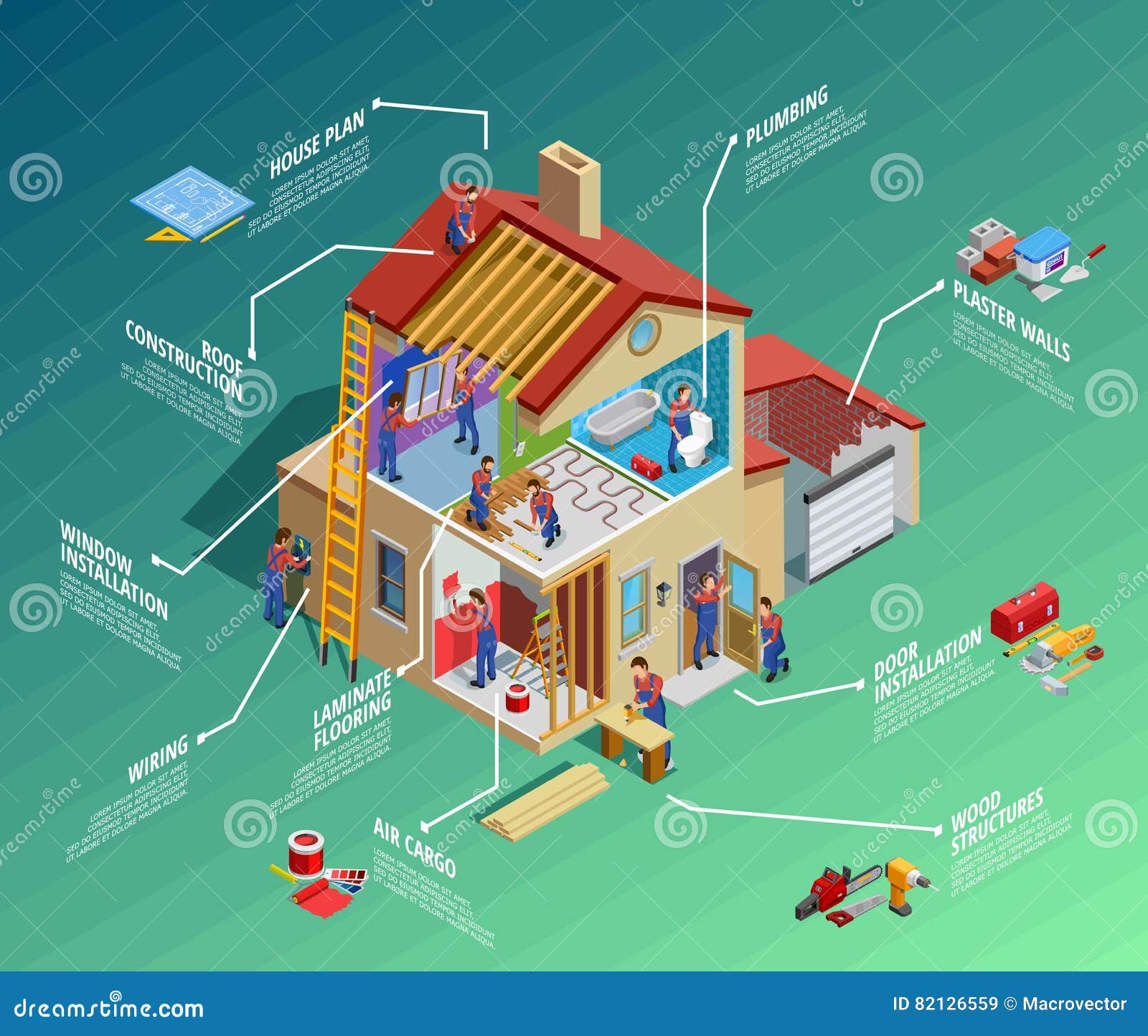Figure Out Just How Different Climate Scenarios Can Affect Your Roofing System Installation, Assisting You Attain A Task Well Done
Figure Out Just How Different Climate Scenarios Can Affect Your Roofing System Installation, Assisting You Attain A Task Well Done
Blog Article
Content Writer-Dam Noer
When it concerns roofing system installments, the weather condition can make or break the job. Picture the aggravation of handling materials that will not cooperate due to severe heat or fighting slippery surfaces caused by unforeseen rain. Understanding the effect of weather conditions on your roof covering project is vital for a successful end result. So, let's discover exactly how different climate elements can influence the quality and resilience of your roof setup, making sure a work well done.
Effect of Temperature on Roofing Installment
When it comes to roofing system setup, temperature plays an essential role in the process. The suitable temperature level for roof jobs typically drops in between 45 and 85 levels Fahrenheit. Extreme heat can cause products like shingles to come to be also flexible, causing prospective damages throughout installation. On the other hand, cold temperatures can make products weak and susceptible to breaking. It is necessary to arrange roof covering installments throughout modest temperature levels to ensure the most effective result.
During chillier climate, specialists may need to take added preventative measures such as using warmed devices or permitting materials to heat up before installation.
In contrast, heat might need job to be done previously or later in the day to stay clear of the peak temperature levels. By considering the temperature and its effects on roof products, you can aid ensure a successful installation that will endure the aspects for several years ahead.
Impact of Rainfall on Roofing Projects
Roofing jobs can be significantly affected by rainfall, impacting both the timeline and the quality of the installation. Rain or snow can produce slippery conditions, making it harmful for roofing contractors to deal with a damp surface area. Furthermore, dampness can endanger the attachment of materials like roof shingles or underlayment, resulting in prospective leakages or damages in the future.
If it rains throughout a roof task, the water can permeate into susceptible locations, creating delays as the installment team should wait on the roof covering to completely dry prior to proceeding. Extreme dampness can additionally advertise the development of mold and mildew, additional endangering the integrity of the roofing.
To stay clear of these concerns, it's suggested to schedule roofing jobs throughout drier periods or monitor the weather forecast closely to prepare around any kind of prospective rainstorms. By taking safety measures to operate in beneficial weather, you can make certain a smoother and more successful roofing system setup process.
Impact of Wind Rate on Setup Success
Throughout roof covering installation, the speed of the wind plays a crucial duty in determining the success of the task. High wind speeds can present considerable challenges to roofing professionals, possibly bring about safety threats and high quality problems. When wind rates surpass recommended limits, it comes to be hard to manage materials, boosting the risk of accidents and damage to the roofing materials. Strong gusts can also influence the accuracy of dimensions and the precision needed for appropriate installment.
To guarantee a successful roofing installment, it's necessary to monitor and consider wind speeds. Ideally, roof covering setup should happen on days with low to modest wind speeds. This not only enhances the safety and security of the workers however also improves the general quality of the setup.
https://www.forbes.com/advisor/home-improvement/metal-roofing-prices-per-sheet/ covering jobs set up throughout tranquil weather conditions are more probable to be completed successfully and with fewer mistakes. By focusing on wind rate projections and preparing accordingly, you can help guarantee a smooth and successful roofing system setup procedure.
Conclusion
So, when it involves roofing system installment, keep in mind to consider the climate condition to guarantee a successful job. Optimum temperatures, completely dry problems, and moderate wind speeds are essential variables to focus on for a smooth installment process. By arranging kitchen designers san antonio throughout the best periods and optimal weather, you can attain a long lasting and lasting roof that will secure your home for years to find.
